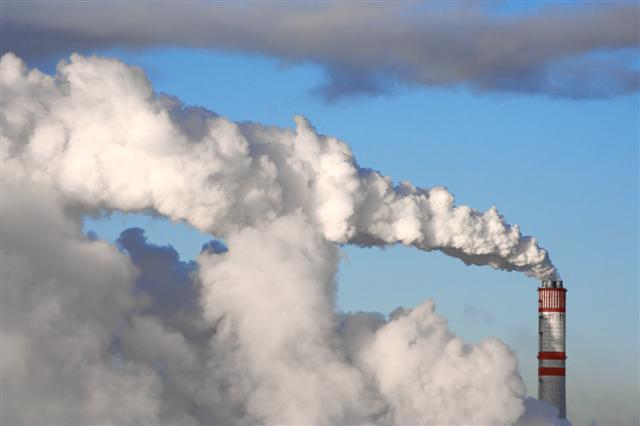 California has delayed emissions regulations.
PHOTO: SHUTTERSTOCK |
The California Air Resources Board (ARB) is delaying enforcement of new regulations for off-road large spark-ignition (LSI) engines powering forklifts and other equipment from 1 January to, at the earliest, 1 April.
Further, ARB is allowing any purchase of equipment or retrofit kits until 31 March to be included in the calculation for determining compliance with the new fleet average emission-level standard. To qualify under this provision, an operator needs to apply any purchased forklift to equipment being replaced or removed from a fleet.
ARB posted the LSI advisory on its website on 11 December, and the agency is taking other steps "to remind people of the compliance date", says Mark Williams, air pollution specialist in ARB's mobile source control division. The ARB website has detailed explanations and, on 12 pages, answers to 54 frequently asked questions about the requirements.
ARB intends to begin enforcement but may have difficulty achieving compliance as credit woes and shrinking markets impose tough economic conditions for many forklift users.
Dealers are co-operating with ARB in communicating the details.
Conversion can be costly for a forklift owner and profitable for a dealership, notes Jeff Howard with Myers Select Material Handling in Anaheim, California.
Howard says he has talked with about 80 companies about the requirements and supplied quotations to 30 of them. "No-one has jumped" so far, and he does not expect to see conversions become routine until "the state comes and tells us to do it". Howard is south Orange County territory manager for Myers Select.
"We are notifying customers," says Tim Rhodes, manager of the Ontario, California branch of Clarklift of California Inc.
"We have been starting in the last year to get customers compliant," observes Ray Lamkin with the Sacramento, California location for Team Power forklifts and tractors.
Principal suppliers of LSI engine retrofit kits are Nett Technologies Inc and Engine Control Systems (ECS). Both are located in the Canadian province of Ontario, with Nett in Mississauga and ECS in Thornhill. Catalytic Solutions Inc of Oxnard, California acquired ECS in 2007.
The California Air Resources Board is "giving people a little extra time to bring fleets into compliance", says Wayne Borean, Nett co-ordinator for sales to original equipment manufacturers. "A lot of people in California still do not know about the regulation. The ARB has been trying to get the word out to fleet owners, but there are many small and medium fleets who are still not aware of it."
ARB wants owners to retrofit existing machines with catalytic converter systems. In adding another wrinkle to its regulations, ARB switched to metric measurements from imperial measurements on 1 January 2007.
"This means that your engine, if it was built before 1 January 2007, may have a label that says 3.0 grams/BHP-hour," Borean says. "An end-user may think that he is already in compliance, as the large fleet requirement is 3.2 grams. But this is grams/kW-hour, and when you convert 3.0 grams/BHP-hour to metric, it's 4.0 grams/kW-hour."
Borean says Nett has developed a Microsoft Excel spreadsheet to help forklift owners calculate what they need to comply. The spreadsheet includes an imperial-to-metric conversion table. "It is easier for people if they have this spreadsheet," Borean notes, indicating he can email a copy to any interested party.
ARB, a unit of the California Environmental Protection Agency, has explored ways to control emissions for decades. In May 2006, ARB strengthened its emission standards and test procedures for off-road LSI engines powering forklifts, airport ground support equipment, sweeper/scrubbers and industrial tugs, known as tow tractors. Those four categories account for approximately 94% of the total hydrocarbon and nitrogen oxide emissions from LSI engines, ARB indicates. More than 90,000 off-road LSI engines operate in California, and many have no emission controls.
ARB has made the standards more stringent over time and was targeting 1 January as the effective date for the first fleet average emission-level standard. Stricter fleet average requirements are scheduled for implementation at the start of 2011 and 2013.
Now, the date is 1 April for initial enforcement, but some observers wonder in these economic conditions whether owners of forklifts and other equipment can fund new compliant equipment or a retrofit that may cost USD3,000 to USD5,000 per forklift.